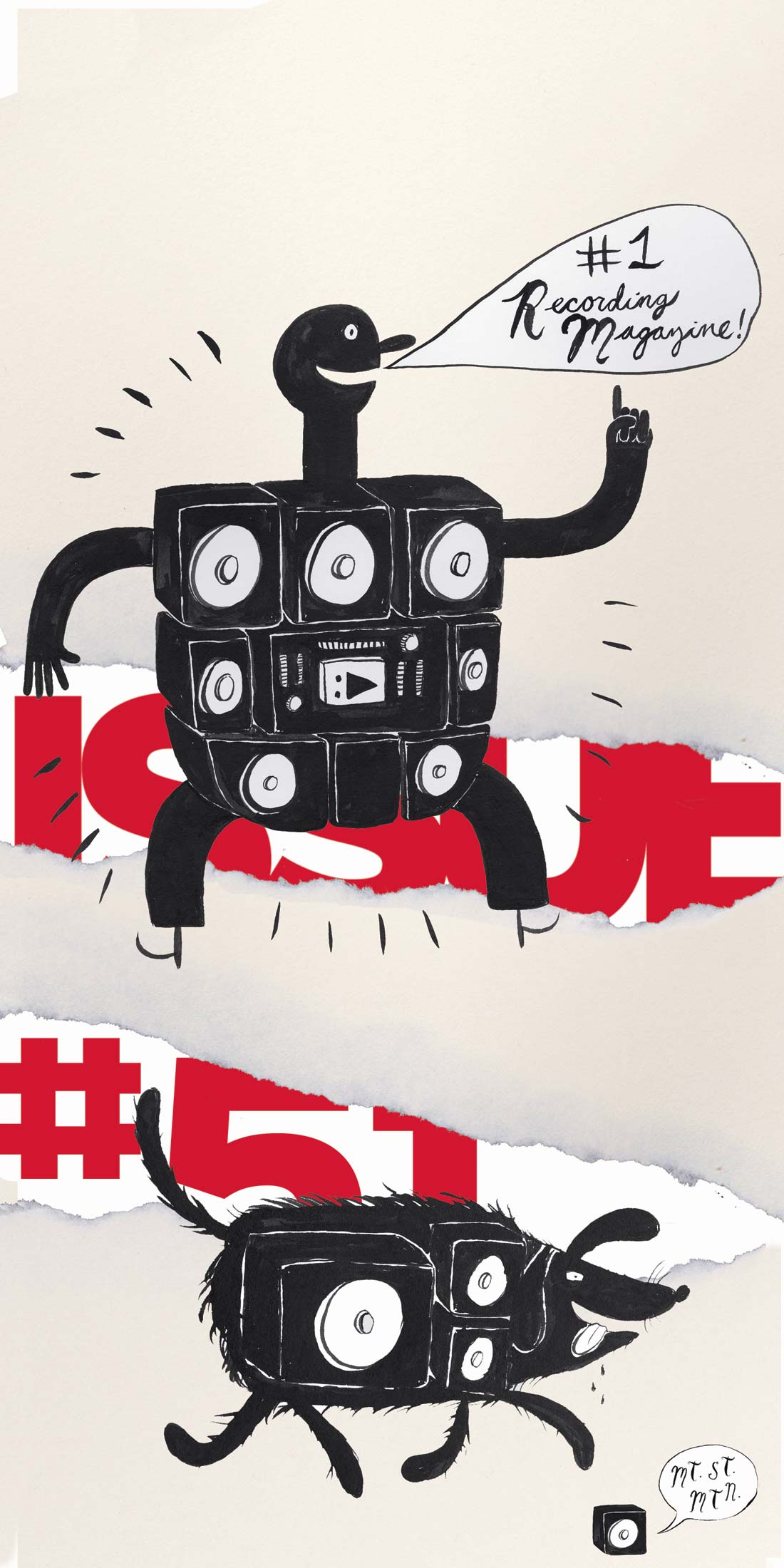The TFPRO P38 is an analog, optical, stereo compressor that features four very different sounding dynamics models between which you can switch on the fly. Auditioning each compression "family" to hear which style is working for a particular song is a luxury I could get used to. I've been using the P38 as a buss compressor in my mastering studio Monsterlab Audio for the past few months with great results.
The first dynamics model is a standard VCA that does exactly what a compressor is supposed to do-compress the signal-but so far this setting has been too exact for my taste. (I'm usually looking to have a little more fun with these toys, but it's nice to have the option.) The second model is a FET, simulating the historic 1176. In my opinion, the P38 on this setting is better suited for buss compression than a real 1176 due to the inclusion of adjustable program-dependent release times (although you can still use fixed attack and release times as well). The 1176 model seems to add a softness to the midrange while allowing enough of the kick drum to sneak by unnoticed. This gives mixes a very nice pillowy bump to the kick while keeping the low end tight like a compressor should. The third model imitates the quirky attack and release characteristics of the legendary LA-2A, but once again gives you more controls than on the original (including all the program-dependent settings). This setting basically sounds similar to an LA- 2A on the low end but with much less coloration to the midrange. Circuit designer Ted Fletcher's own variation on the characteristics of the LA-2A on the fourth model is my personal favorite. This one has everything I like about the sound of the second model (including that pillowy low kick), but it seems to allow a little more of the punch of the snare through, giving the midrange a definition that locks the mix without making it sound dull. This fourth setting, which utilizes an original opto- based gain-change circuit, is in my opinion what makes this compressor unique and a must-have for my studio.
The P38 has many extra features including a stereo- image control that can be used to widen the stereo image up to 150% or collapse it down to mono, a balance control that allows you to correct any L/R imbalances, and a soft limit that can be used to add a few dB of loudness to your mixes. Of course, the P38 has adjustable input and output gains, compression ratios from 1.5:1 all the way up to 100:1, program-dependent or fixed release times adjustable from 180 ms to 3 seconds, variable attack times ranging from 0.3 ms to 20 ms, and an additional 14 dB of gain switchable on the input to compensate for lower level sources (or for the nuts who on occasion just gotta have it really-really squashed). One nice touch is the ability to switch the two meters so they read left/right output or mono out & gain reduction. The P38 input utilizes transformers followed by an M/S matrix. Therefore, all internal processing is done using sum and difference signals, allowing the compressor to maintain a perfect stereo image (and providing user control of stereo width, as mentioned previously).
I found the P38 to have no perceivable noise or unwanted coloration, which is extremely rare for a compressor whose street price is only $1700. This compressor is great for anyone looking for an entire array of options to help glue their mixes together, as well as for any upper-end mastering studios who might normally balk at a compressor under $4k. Take note and check this out. You and your kick drum sound will be impressed.
($1899 MSRP; www.tfpro.com)




_disp_horizontal_bw.jpg)